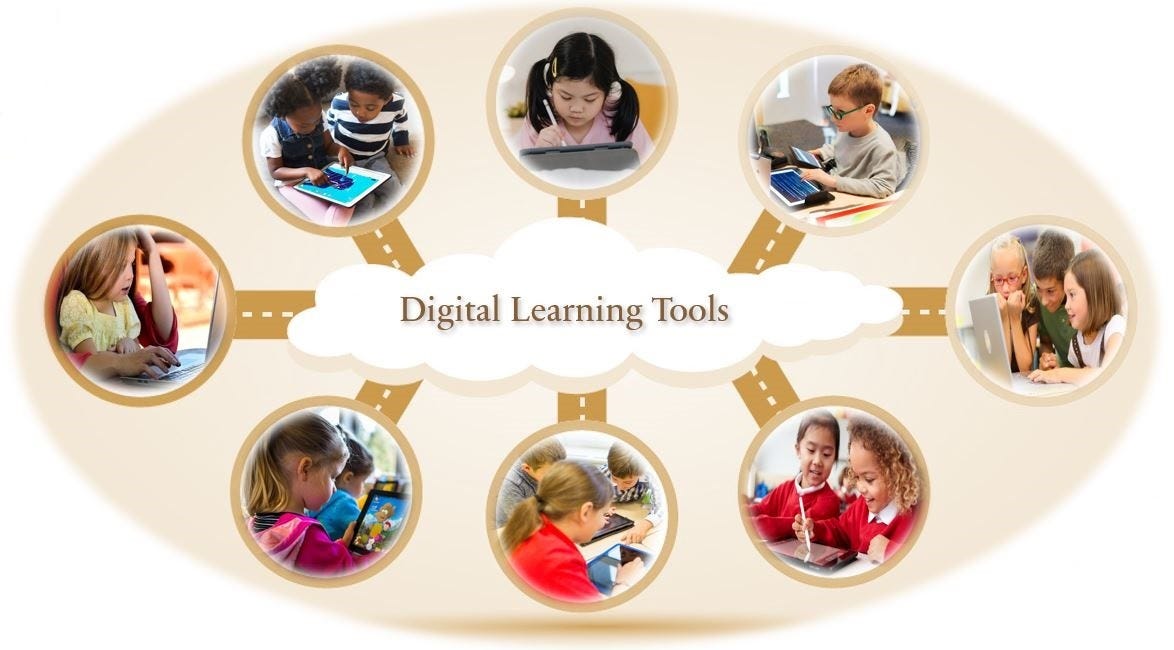Identifying the Learning Theories Used in Digital Learning Tools to Inform Product Development
A survey by McGill University
Digital learning tools are central to the modern learning environment and can be used to replace, supplement, and transform traditional learning activities. With the growth of the EdTech market on the rise and educational institutions and governments investing in these technologies, it is crucial to understand how companies design effective digital learning tools.
The Importance of Learning Theory
The process of designing a digital learning tool is multifaceted, with one key aspect being the presence of an underlying learning theory that guides its development process (Zydney & Warner, 2016). As Parsons and MacCallum (2020) define, “Learning theory can be described as a conceptual framework used to understand and frame how information is absorbed, processed, and retained during learning” (p. 24). Simply, a learning theory is an explanation or model of how learning occurs. Hence, developing a digital learning tool based on an underlying theoretical foundation will ensure that the tool is designed with learning as its main purpose and will improve achievement outcomes (Parsons & MacCallum, 2020). When creating digital learning tools, developers embed the learning theories they hold into the design of their tools. However, a wide range of learning theories and instructional strategies are used to design digital learning tools. Therefore, it is essential for researchers to collaborate with companies developing digital learning tools to better understand the learning theories they apply and how they build them into their tools.
A survey to identify Edtech developers’ learning theories and pedagogical approaches
Researchers at McGill University are conducting a survey to identify the learning theories held by EdTech developers and explore how these theories are translated into pedagogical approaches in digital learning tools. The survey will identify the individual features present in digital learning tools and how they align with various learning theories. Results will be made available to the participants in the form of an individualized report which can be used to inform the development process and marketing of their digital learning tool. The results will help developers better understand the theoretical foundations guiding their designs. Therefore, it will help companies better position their digital tools in the market by providing research-based evidence for educators and educational institutions; research shows that educators value tools that employ innovative, theory-driven approaches to support learning and teaching. Consequently, such information could greatly assist educators in selecting and integrating digital learning tools into their curriculum (Highfield & Goodwin, 2013).
Procedures
To participate in the survey, please share the following link with your team (i.e., the developer familiar with the design philosophy of your digital learning tool): https://mcgillecp.ca1.qualtrics.com/jfe/form/SV_5yYqYWpquVyrTAW
One person from your team will complete a questionnaire regarding the learning theory you use in your digital learning tool. The questionnaire starts with two audio-based open-ended questions asking you to describe, in your own words, the learning theory you hold and how you use this in your digital learning tool. This is followed by a series of structured questions with Likert (e.g., on a scale of 1 to 5) and open-ended responses. The survey is completed online, taking ~1hr to complete.
If you have any questions or need further information about the survey or the research, please feel free to contact us at armaghan.montazami@mail.mcgill.ca.



